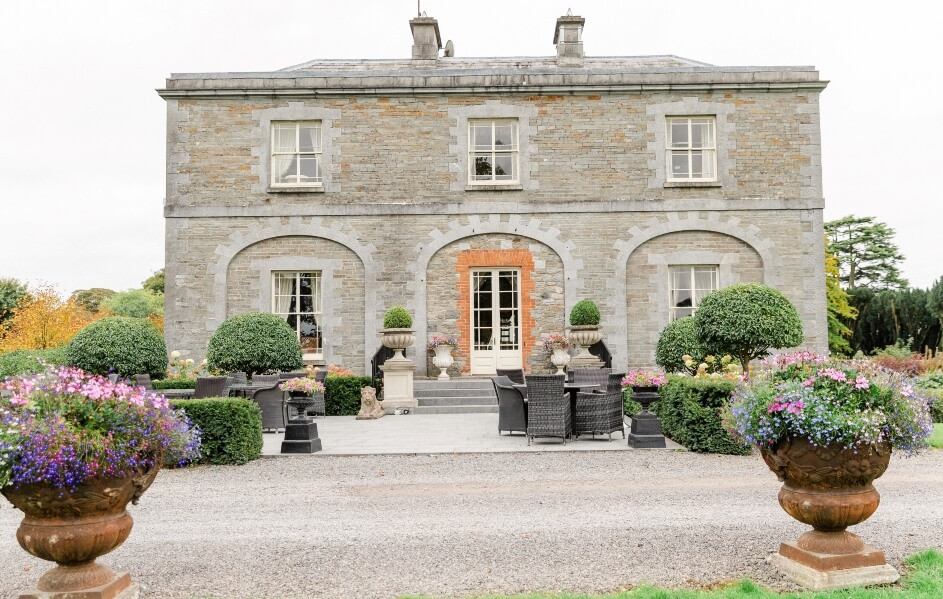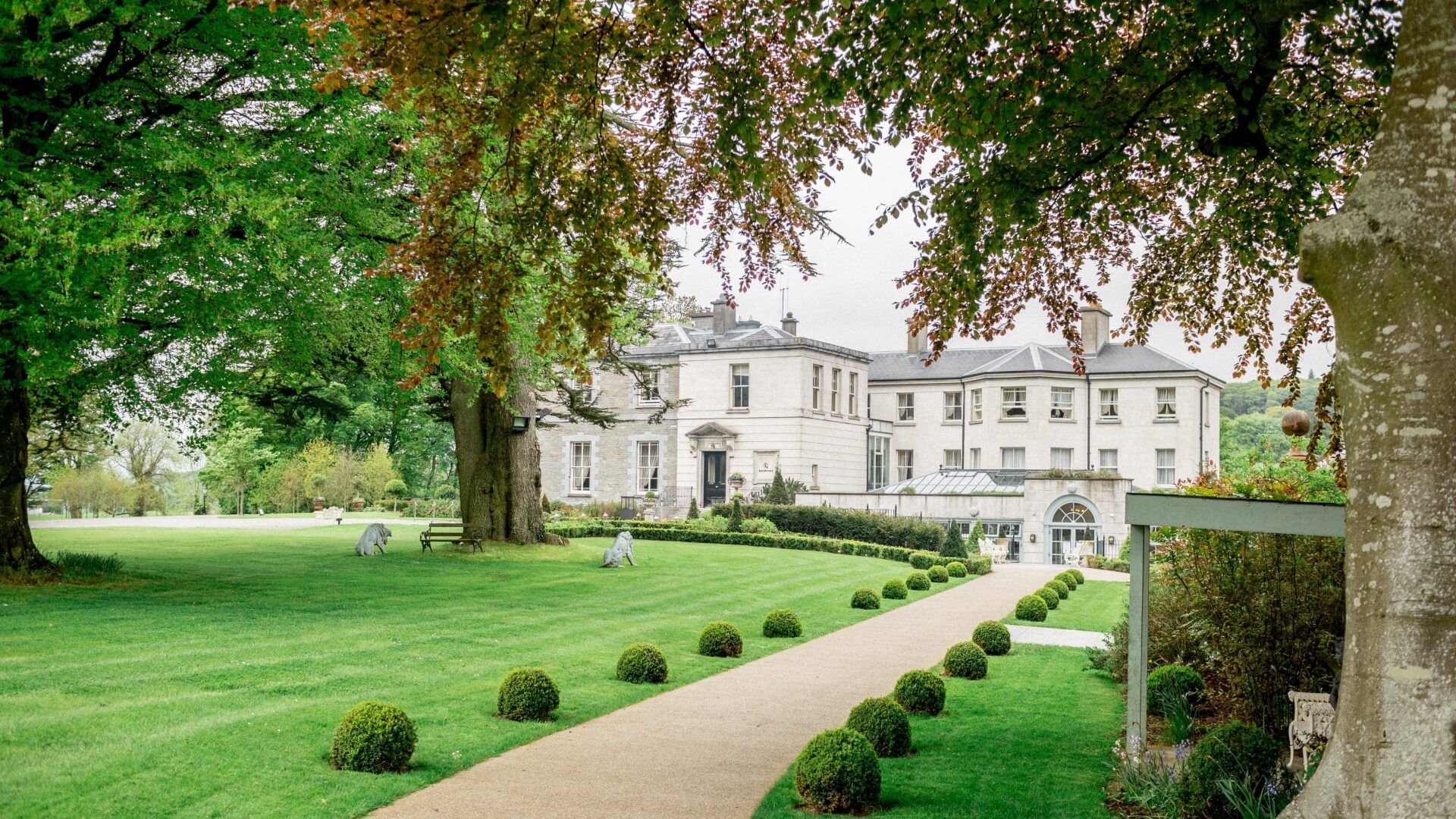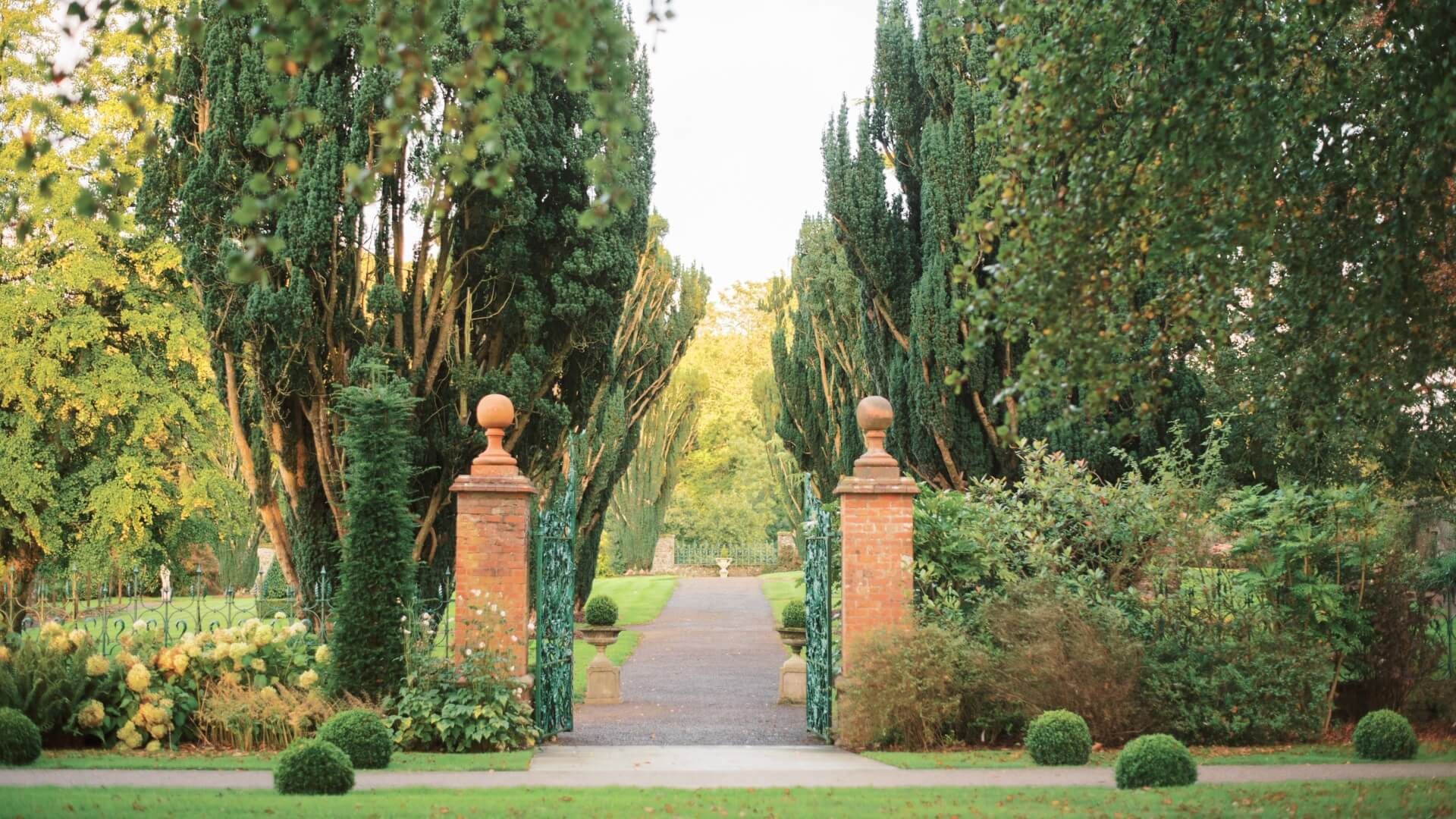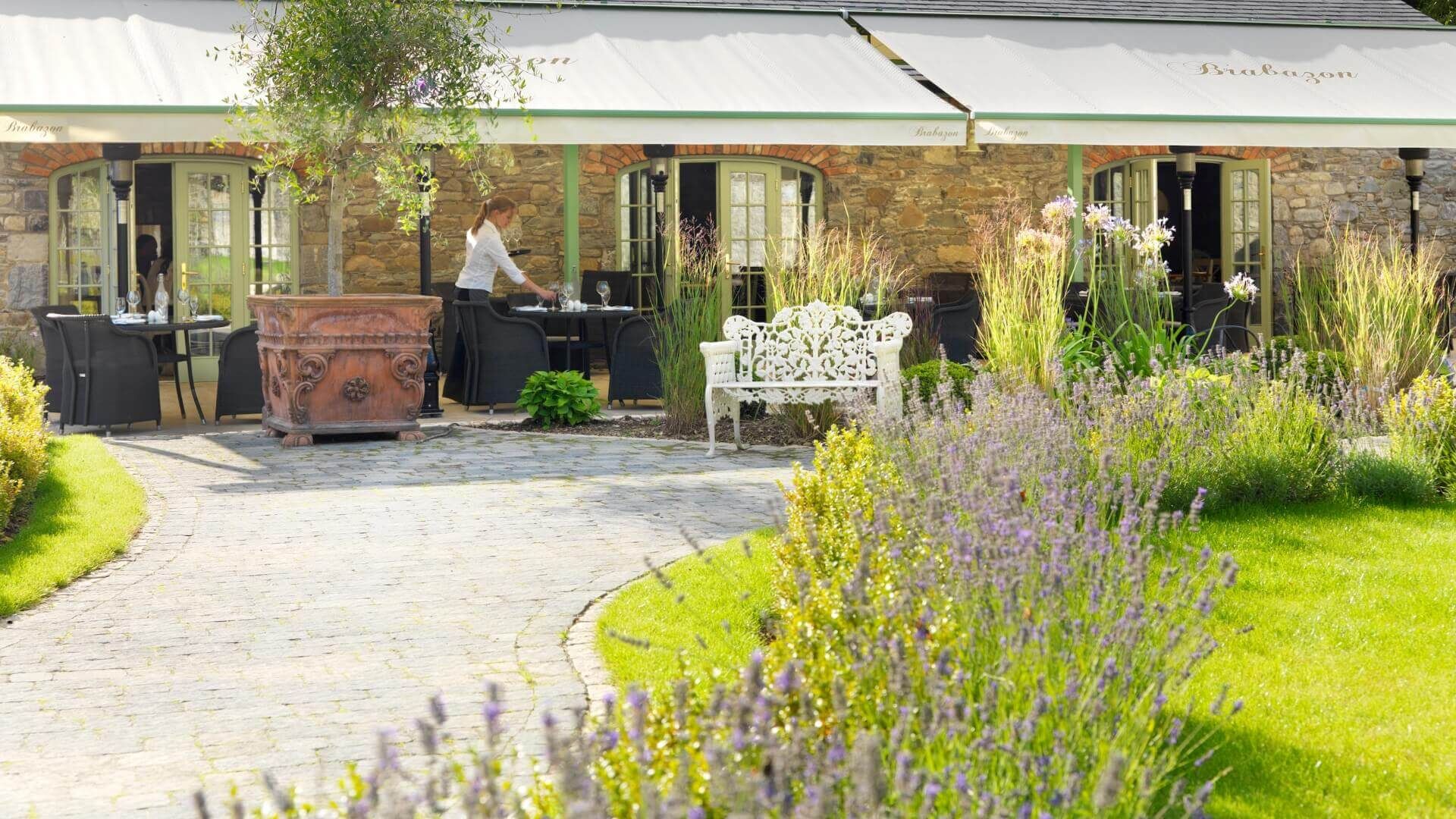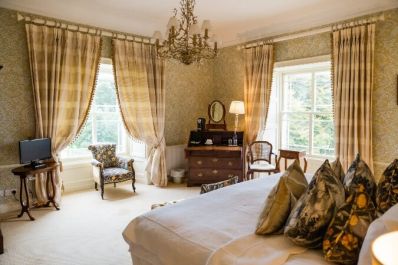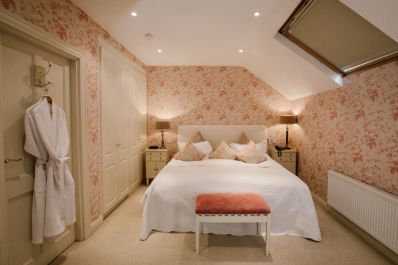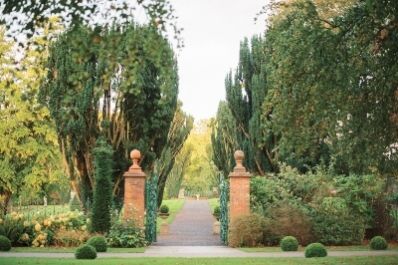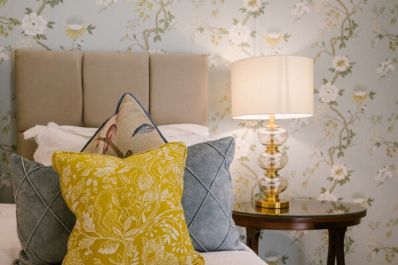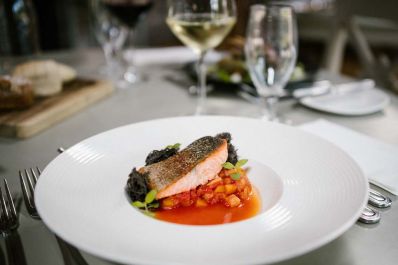Located close to the site of the historic Battle of the Boyne, fought in 1690, Tankardstown was formed by land confiscated in the 17th Century from Irish or Hiberno–Norman families, principally the Teeling’s. This was deliberate political purpose to transfer the land and therefore the power of Ireland to a new class of people who would effectively protect English interests in Ireland. These landlords consolidated their holdings into Demesnes and usually built a large house as a center point.
However, it was not until the 19th Century that Tankardstown became a principal ‘seat’ of an Anglo-Irish landed family. Situated on fertile agricultural land close to the village of Slane in County Meath, 35 miles north of Dublin, it formed part of a grant of land to John Osbourne in 1686. It passed to the Coddington family by marriage in 1710. The Coddington’s main house was at Oldbridge on the banks of the River Boyne near Drogheda and they were content to lease Tankardstown.
By the mid18th Century it was effectively owned by the Morris family and by 1791, Brabazon Morris had mortgaged Tankardstown for the amount of £4,500 sterling to London financier, Henry Ellis. In 1815 the mortgage was bought out and Tankardstown was acquired by Francis Blackburne, a wealthy lawyer who lived in Dublin and used Tankardstown as his country residence. Blackburne’s successful career culminated with his appointment as Lord Chancellor of Ireland, the highest judicial office in Ireland until the establishment of the Irish Free State in 1922. In addition to a townhouse in central Dublin, Blackburne also lived in the 16th Century Rathfarnham Castle in the Dublin suburb of the same name.
Initially, Blackburne used Tankardstown as his secondary residence. He extended the neo-classical villa which was built by Brabazon Morris in 1789 on part on the foundations of, it is believed, a 10th Century castle, close to the pre-existing stone built yards which were completed in 1745. The original villa is consistent with the work of Francis Johnston, an Irish architect best known for building the General Post Office (GPO) on O’Connell Street, Dublin’s main thoroughfare. Johnston, who was firmly grounded in the 18th Classical tradition, worked on or designed some of the most prominent buildings in County Meath. He designed the east gates of Slane Castle demesne while nearby Townley Hall is considered his finest work.
By 1880 the Blackburne family regarded Tankardstown as their main home and during 1881 and 1882 they extended, refurbished and redecorated the house. A large extension was planned to more than double the house in size but due to technical problems the work was not completed, leaving the composition unbalanced. This work was finally completed by the current owners.
It passed in the 20th Century, by marriage, to the Townshend family who sold the main house and built and lived in smaller houses on the land. The Townsends donated some land to the local GAA football club and community hall. The building of the hall was sponsored by the USA-based Carnegie Foundation and both are still used and appreciated to this day.
Multiple-family ownership meant that the garden and yards were separated from the house and the Demesne lost its coherence and became neglected. It was finally sold in 2002 to the present owners, Brian and Patricia Conroy, who set about its restoration. Patricia and Brian Conroy had returned to Ireland in 2002 and spent 4 years resurrecting the Georgian mansion from complete disrepair. It was to be their dream home, combining lavish fabrics and modern bathrooms with antique furniture and family heirlooms. Word soon spread round the county of Trish's flair for stylish design and thoughtful detail.
In the lead up to the Ryder Cup 2006 golf tournament which was being held in Ireland that year, a Ryder Cup scout contacted Trish out of the blue and asked to rent the property for the duration of the tournament. The scout came to visit Tankardstown and during her inspection she saw the un-modernised stable block adjacent to the house, and proposed to throw that into the mix, if it could be refurbished in time!
Six whirlwind months later, the Conroy’s moved out for a week and 24 Texans moved in. It was such a success that after the guests had left, they began offering B&B accommodation in the 7 cottages in the stable block. At the beginning of 2008 they moved out of the main house permanently, making it available on an exclusive basis for intimate weddings, parties and events.
Restored, Tankardstown represents a significant part of Irish history, illustrating how the settlers became part of the fabric of the country and invested classical and scientific knowledge into their estates through architecture, improved agricultural practices and the introduction of new species, particularly trees. There is a large Cedar of Lebanon in the grounds which is recognised as one of the finest in the country. All European countries now protect and cherish their past and see the cross fertilisation of culture brought by migration and invasion as adding wealth to their heritage. Tankardstown can now be enjoyed by everyone.
